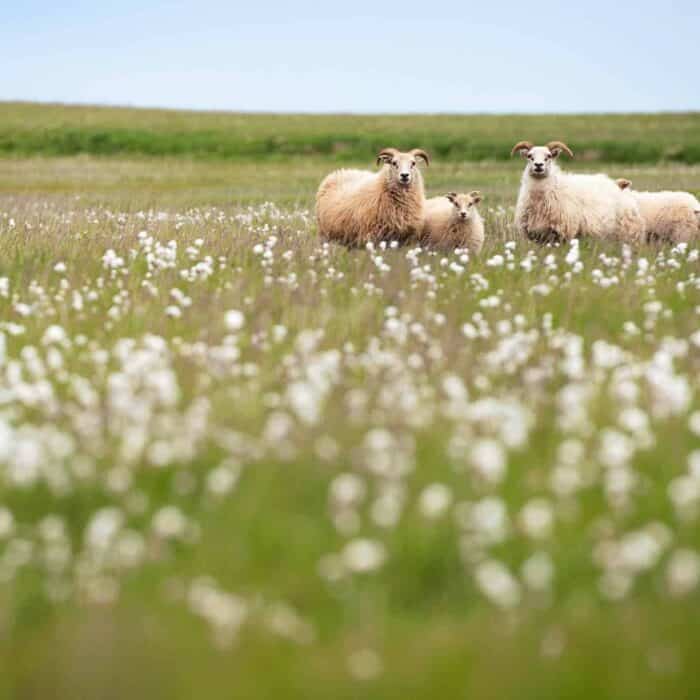Table of Contents
Iceland has a new volcano! Its name is Geldingadalsgos and it is an incredible sight to see. Keep reading to learn about Iceland’s newest volcanic eruption.

The weeks leading up to the eruption
Scientists are able to spot signs that a volcanic eruption is imminent by monitoring earthquake activity, heat flow, and ground swelling. In the weeks prior to the eruption of Geldingadalsgos over 40,000 earthquakes took place, with the epicenter being in the Geldingadalur valley.
The earthquakes ranged in intensity with the maximum going up to magnitude 5. We even felt some of the larger earthquakes at Hotel Rangá! After monitoring the ground and taking measurements, scientists informed Icelanders that an eruption might take place.
What do we know about the eruption, Geldingadalsgos?
The eruption began on the evening of March 19, 2021, at about 20:45 GMT in the Geldingadalur valley. Compared to other volcanic eruptions in Iceland, Geldingadalsgos can be considered quite small – the fissure is only about 500-700 meters long.
There is no explosive activity, no ashfall, and limited lava flow. Geldingadalsgos is also located quite far from any towns or houses; the nearest town is Grindavík at about 12 km.
Despite the small size of the eruption, photos and videos show that the sight is quite beautiful to behold. We are lucky to be able to witness this spectacular volcanic event – the last recorded eruption in the Reykjanes peninsula was over 800 years ago.

Is it safe to visit the eruption?
There is always some risk involved when visiting an active volcano, but compared to other volcanic eruptions in Iceland, Geldingadalsgos is very accessible. The safest option is to book a helicopter tour over the area to see amazing aerial views at a secure distance.
Send an email or call our reception team at Hotel Rangá and we can assist you to book a tour over Geldingadalsgos. hotelranga@hotelranga.is +354 4875700.
It is also possible to hike to see the volcano; however, you must keep in mind that the hike is about a 3 hour round trip. It is also important to wear proper clothing, bring water and keep a safe distance once you arrive at the volcano site. Our front desk can also book a helicopter tour for you to see the eruption.
Finally, it is also necessary to check wind conditions before you begin your hike. Geldingadalsgos is emitting volcanic gases which can be dangerous at high levels. It is better to hike on a windy day so that the gas is not stagnant.

How long will the eruption last?
No one knows how long this eruption will last. It could be days, weeks, or even years! The latest measurements show that the magma in the eruption is likely to be that of a shield volcano. Shield volcano lava flow is slow, but it can last for a long time.
If Geldingadalsgos is in fact a shield volcano, it would be the first eruption of a shield volcano in Iceland since the ice age. If you have always wanted to experience a volcanic eruption up close, book your trip to Iceland today. Our borders are now open to US and UK residents who have been vaccinated.
Other Icelandic Volcanoes
May 2021 Update
New Fissures, Craters, and Increased Activity
Since the eruption began in early March, volcanic activity has continued to evolve. At the beginning of April, new fissures and additional craters opened nearby the original eruption site.
However, as of early May, activity has decreased in most of the craters and fissures apart from the most powerful crater. Explosive activity has increased in this main crater, with lava flying up to 300 meters in the air.
Scientists are still unable to predict exactly how long the eruption will continue, but no signs show that it will stop in the near future. Plans are in place to facilitate access to the eruption site, including adding on to the current parking lot and improving current walking paths.






